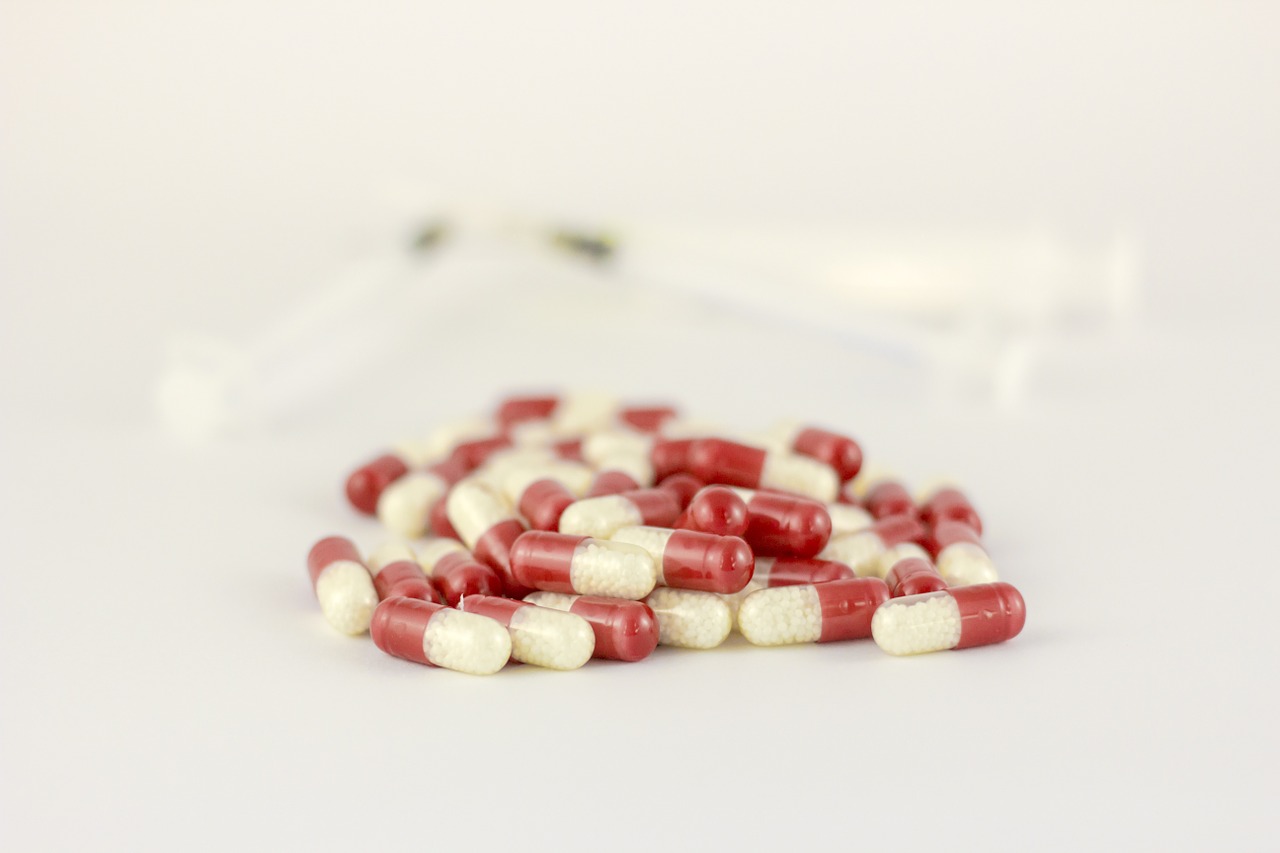Podcast: Play in new window | Download (Duration: 14:28 — 19.9MB) | Embed
On this episode, I discuss propranolol pharmacology, adverse reactions, and important drug interactions you should know.
Propranolol (Inderal) is a non-selective beta-blocker. There are many indications for it including hypertension, tachycardia, atrial fibrillation, post-MI, chronic stable angina, essential tremors, migraine prophylaxis, esophageal varices, performance anxiety disorder, lithium-induced tremor, psychotic induced akathisia, and thyroid storm.
Propranolol blocks beta-1 receptors that are commonly referred to as the cardiac receptors and beta-2 receptors that are in the lungs. Albuterol is a beta-2 agonist meaning that propranolol can block its effects. This may lead to bronchospasms and worsening of respiratory conditions. This is one of the major issues when using a non-selective beta-blocker vs a selective one.
Other adverse effects include a drop in blood pressure and pulse. Fatigue is also seen in many geriatric patients so it is important to be titrating them up slowly. If you notice patients increasing caffeine intake, starting a stimulant, or experiencing new depression symptoms that can be a sign of fatigue. Sexual dysfunction has also been seen in patients taking propranolol. Propranolol may mask symptoms of hypoglycemia. Closely monitor patients that are taking insulin and/or sulfonylureas. Abrupt discontinuation can increase the risk for acute coronary syndromes, especially if the patient is already at risk. Make sure that the medication is taken consistently and there aren’t periods of multiple missed doses.
Propranolol comes in multiple dosage forms that have been mixed up. When dispensing or administering take extra caution that the medication is correct.
Propranolol is a weak CYP1A2 inhibitor that could increase concentrations of tizanidine or theophylline. Propranolol also gets broken down by CYP1A2. Medications that inhibit this enzyme can increase the concentration of propranolol. Examples of these are ciprofloxacin and fluvoxamine. Inducers of CYP1A2 can reduce concentrations. These are rifampin, carbamazepine, and phenobarbital. A unique CYP1A2 inducer is smoking tobacco. Medications can cause additive effects when it comes to blood pressure and pulse. Be careful with any blood pressure-lowering medications including antihypertensives, PDE5 inhibitors (sildenafil), and Parkinson’s medications (Sinemet). Drugs that can lower pulse include centrally acting alpha 2 antagonists (clonidine) and acetylcholinesterase inhibitors (donepezil, rivastigmine).
Be sure to check out our free Top 200 study guide – a 31 page PDF that is yours for FREE!
Support The Podcast and Check Out These Amazing Resources!
Meded101 Guide to Nursing Pharmacology (Amazon Highly Rated)
Guide to Drug Food Interactions (Amazon Best Seller)

